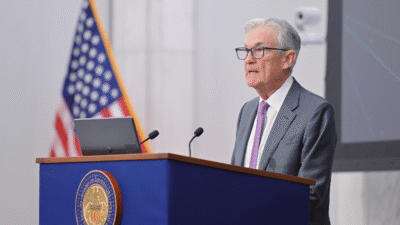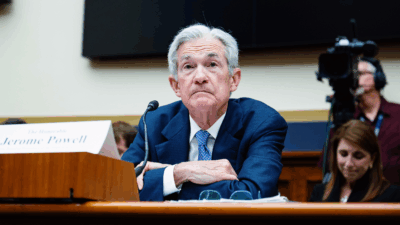US Consumers Are Taking a Credit Card Break
Facing eye-watering amounts of debt and record-high interest rates, US consumers have started charging less on their credit cards.

Sign up for smart news, insights, and analysis on the biggest financial stories of the day.
Americans are leaving home without it.
Facing eye-watering amounts of debt and record-high interest rates, US consumers have started charging less on their credit cards, the Financial Times reported.
Drowning in Debt
Earlier this year, total US credit card debt topped $1 trillion for the first time ever. And while any purchase — even a $5 cup of coffee — can technically be part of that debt, it’s the cumulative effect that really hits home. A recent GOBankingRates survey found 6% of Americans have more than $10,000 in credit card debt. That’s 14 million people with a 10 grand-sized hole in their finances. On top of that, 30% of Americans have between $1,001 and $5,000 in debt — easily a few months’ rent for some.
To make matters worse, the Federal Reserve’s battle against inflation has led to uncomfortably high interest rates. At the end of August, the average annual interest rate consumers were paying on credit cards reached a record high of 23%, up from 16% a year ago. The FT reported US consumers were in line to pay as much as $40 billion more on credit card interest payments in the next year compared to last year. No wonder they’re cutting back on plastic payments.
- Citibank reported that credit card spending fell 11% in September, marking the fifth month of spending deceleration and the largest so far this year. Bank of America also noticed a cutback on credit card spending after Labor Day.
- The good news is that default rates haven’t climbed much higher since before the start of the pandemic. So even as credit spending gets tighter, a strong jobs market and collective wage gains might help some chip away at their debt in the coming months.
You’re OK, Boomer: One demographic is still spending and helping the economy stay vibrant: senior citizens. The Wall Street Journal reported that folks 65 and older accounted for 22% of spending last year, the highest share since records began in 1972. Susan Sterne of Economic Analysis Associates told the WSJ that seniors can provide a solid consumer base given they’re less affected by trends like slower job growth and restarting student loan repayments.











